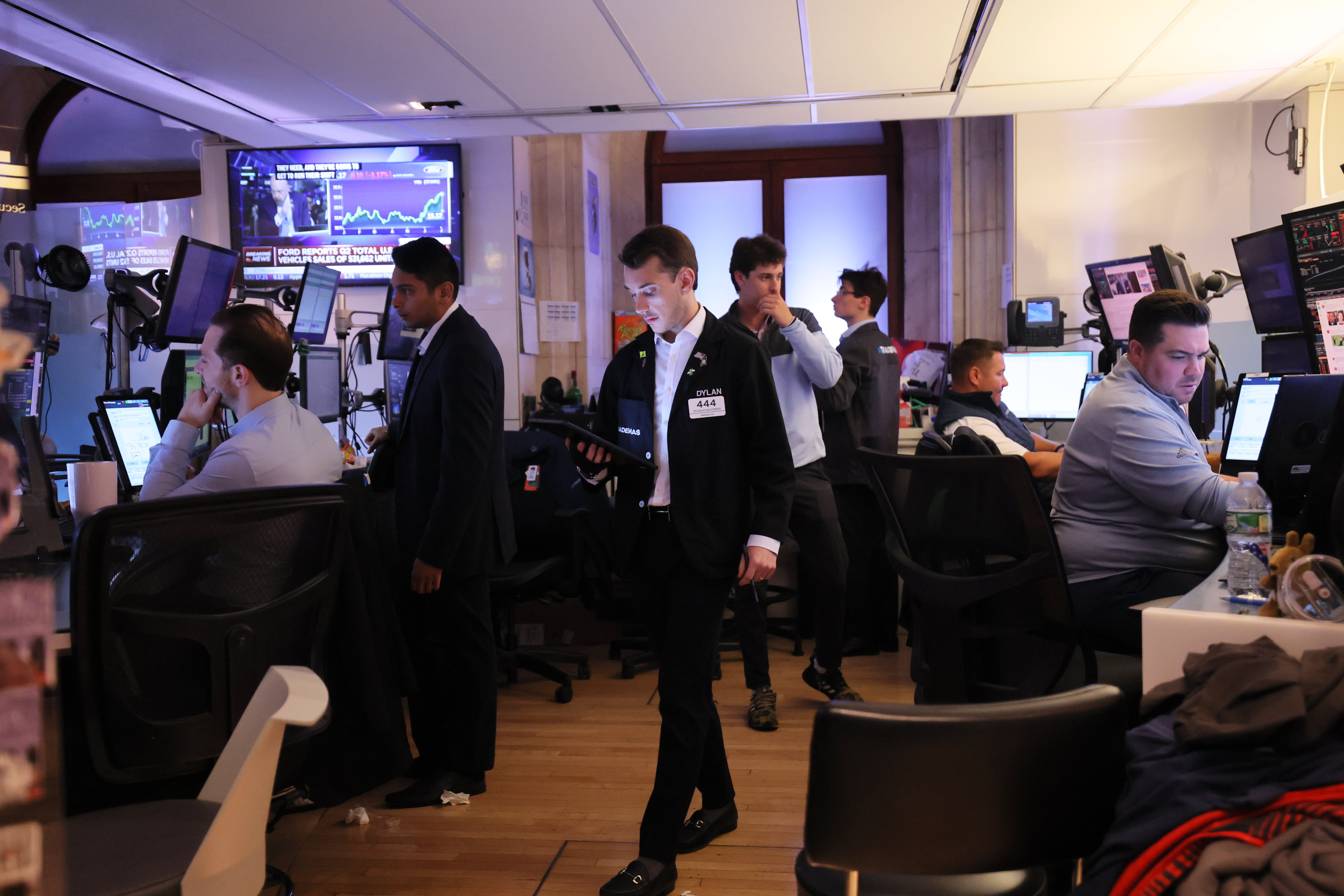UK borrowing costs drop sharply after lower-than-expected inflation print

LONDON — U.K. government borrowing costs fell sharply Wednesday morning as a cooler-than-expected inflation print rippled through markets.
The yield on two-year U.K. government bonds, which are sensitive to rate expectations, was down 27 basis points to 4.808% by 10:35 a.m. BST as investors pared back expectations for the Bank of England’s peak rate to 5.75% from 6%. Peak rate bets rose as high as 6.5% earlier in the month.
RELATED INVESTING NEWS
A 50-basis point hike from the BOE in August now looks significantly less likely, analysts said. The current bank rate is 5%.
Data including a tight labor market report and strong wage growth have fueled expectations the Bank of England has more room to hike.
The 10-year gilt yield was lower by 18 basis points at 4.152% on Wednesday morning. Yields move inversely to the price of government bonds. Euro zone bond yields also fell, with the German 10-year bond yield — a benchmark for the bloc — down 3 basis points to 2.32%.
UK 2-year and 10-year gilt yield
Inflation in the U.K. remains the most severe of all major economies and is still well above the Bank of England’s 2% target. But data Wednesday showed the rate fell to 7.9% in June on an annual basis, from 8.7% in May.
That was also well below a consensus estimate among economists polled by Reuters of 8.2%. Other areas of small comfort for the central bank came in cooler-than-expected figures for core inflation, at 6.9%, and services inflation, at 7.2%.
The British pound was 0.7% lower against the U.S. dollar and 0.7% lower against the euro following the news; while the FTSE 100 index was 1.2% higher.
“A lower pound puts overseas earnings under more pressure which is partly why commodity focused stocks are among the fallers today, amid ongoing worries about the slowdown in China. The expectation that borrowing costs won’t be pushed up quite as much as forecast have given a leg up to companies in sectors which are very sensitive to higher interest rates,” said Susannah Streeter, head of money and markets at Hargreaves Lansdowne.
Marcus Brookes, chief investment officer at Quilter Investors, said that while the inflation figures were a “glimmer of light,” the U.K. was still a “drastic outlier” among developed countries on inflation.
“Demand has withstood both inflation and the rise in rates, but cracks are appearing, and as more mortgage holders get exposed to the current rates, the economy is likely to be hit as a result,” he said in a note.
“This is unfortunately the path that is likely going to have to be taken in order to get inflation back down to target. The Bank of England has raised rates considerably, and shows no sign of slowing down and thus we are probably on a path to recession in 2024.”
Investors will be seeking shelter in quality companies that can weather volatility in the coming months, Brookes said, along with fixed income such as gilts.
CNBC’s Ganesh Rao contributed to this story.



Nhận xét
Đăng nhận xét